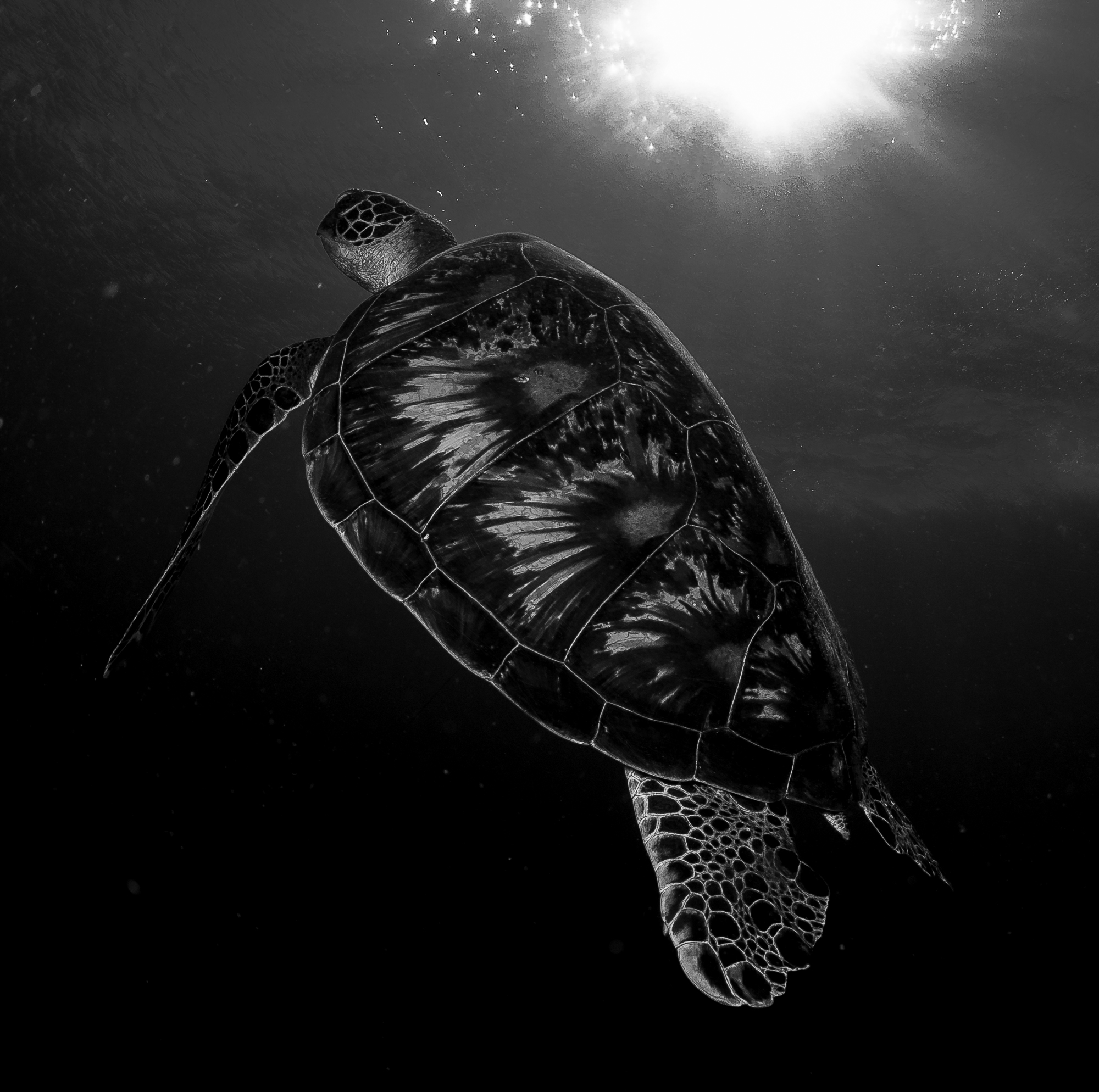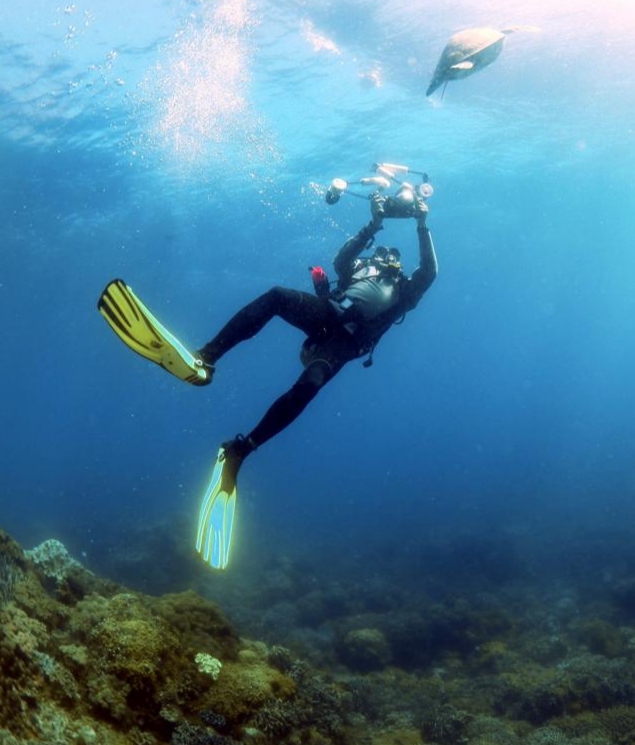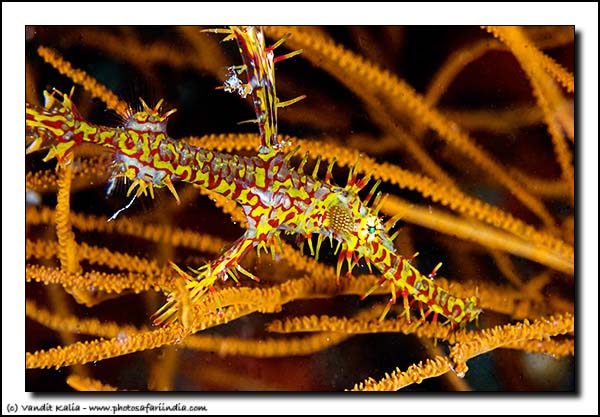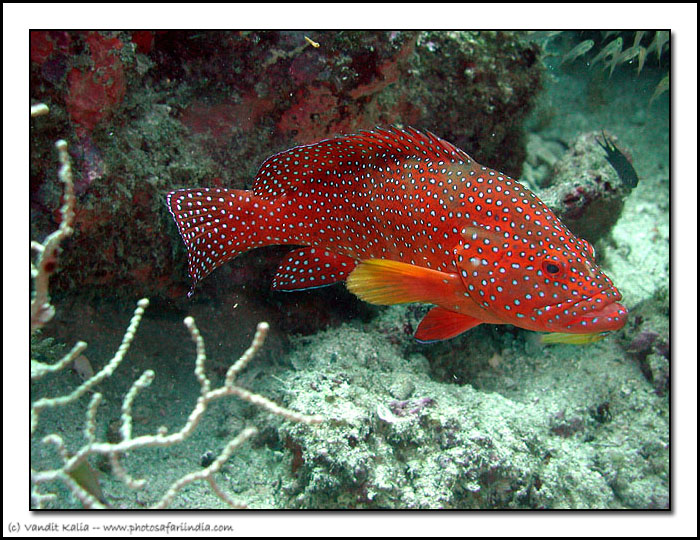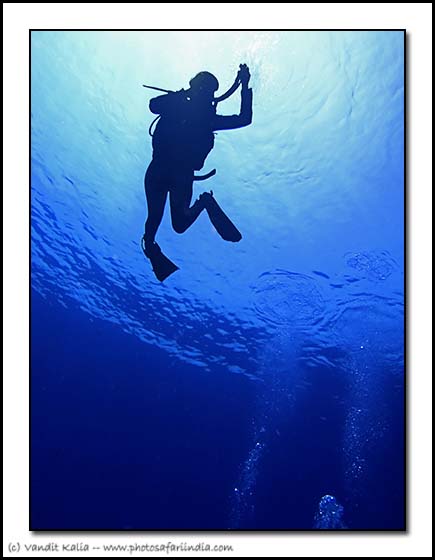[Partially updated April 12, 2020 – however, I recommend people also read my guide to Putting Together an Underwater Photography System Around a Compact Camera for more up-to-date information]
So you want to put together a high-quality system for underwater photography, but are deterred by the prices. You are not alone. Equipment cost used to be one of the biggest deterrents in underwater photography. While the cost of a complete, versatile system capable of handling most underwater subjects is still extremely high, the high quality offered by compact camersa means that it is possible to build up a long-term system in small, more affordable steps. Spreading out this cost brings a high-quality system within the reach of most people.
The purpose of this article is to provide a roadmap for putting together an underwater system in a step-by-step manner. Given the mind-boggling array of products, lack of any standards and various compatibility issues, this step can be a minefield for most people. I personally spent several months reading various forums in order to truly grasp my choices and make an educated choice. Hopefully, this article will accelerate your learning curve somewhat, by telling you what to look for.
While this method lacks the instant gratification of buying everything at once, there is one important benefit – by adding one component at a time, the photographer has a chance to master each component. This is conceptually an easier way to master underwater photography, rather than trying to deal with many variables all at once.
Step 1 – Select the correct compact camera & housing
Polycarbonate housings are available for most housings made by Canon & Olympus. Fuji, Sony, Nikon, Panasonic and others also have housings available for quite a few of their cameras – these are either manufacturer housings selling at around $200 (give or take) or third-party housings made by companies like Ikelite and Fantasea. So you certainly have no dearth of choices. Therefore, first thing to do is to narrow down your list of choices.
The biggest mistake people make at this point is they buy a housing for the camera that they have, or they select a camera and then buy a housing for it. For someone with the stated goal of putting together a system, this is the wrong way to go about things. The camera and housing must be considered together when deciding what to buy.
Start by forgetting camera brands. Focus, instead, on 4 criteria when it comes to the camera: responsiveness (ie, combination of focus lag and shutter lag) ,of RAW, ability to shoot good close-ups and a reasonably good wide angle. Don’t get caught up in image quality pixel peeping or dynamic range – for underwater work, it does not matter too much.
Now, look at the housing. Here, ignore brand or resistance to flooding. All housings work on the same principle (use of an O-ring to make a seal) and so require the same level of care & are more or less equally prone to flooding. Instead, what you care about is whether or not the housing can accept add-on (or wet) wideangle or macro lenses. This is because most compact cameras are neither wide enough nor offer high-enough magnifications by themselves – the use of add-on lenses greatly increases the ability of the cameras in these 2 areas. You won’t be buying these lenses yet, but it you will need this later.
Once you apply all these factors, you are going to have a much smaller list. You can then sort from this list based on ergonomics, other usage (top-sides shooting), price, color, or whatever.
Congrats. Now get this gear wet. Check out my 10 tips to improve your underwater photography, and learn to use your camera.
Step 2 – Add a strobe
Ok, if you have read my article with the 10 tips, you will notice that I listed some cheap strobes. The bad news is that as far as you are concerned, cheap strobes are out. You may buy one as a stop-gap measure but that is a detour along this fine path that we are taking. As far as system-building goes, you are going to buy a good quality strobe.
If you see your end-game being a housed DSLR or Mirrorless system (read DSLR or Compacts before jumping to an answer – also try renting a housed DSLR or playing with one in the water first before reaching a conclusion), then you will need to buy strobes which have a wide angle of view, to utilize the super wide angle lenses you can use with these cameras. Also, if you plan to use a DSLR, you may require a strobe which is triggered via an electrical sync cable, as opposed to an optical sync cable. So keep future planning in mind.
But other than this, what you want is the strobe with the most power, a nice broad angle of coverage and light that is uniform across the entire area of coverage, without any hotspots in the middle or significant drop off on the sides.
Realistically, there are 3 brands you will be looking at now – Inon, Sea&Sea&Ikelite.
Ikelite is one of the most popular underwater brands. The two main things going for them are: (1) they offer true TTL when used with an Ike DSLR housing and (2) Ikes have great customer service. In all other areas, they cost more than comparably-specced strobes from Inon&Sea&Sea, atleast here in Asia ( US prices for Inon&Sea+Sea are quite higher and Ike prices tend to be lower). TTL may appear to be a good draw, but IMO, it should not be a deciding factor. Manual strobes are actually surprisingly easy to use and IMO, provide more consistent exposure. TTL or lack thereof should be a tie-breaker, not a primary selection criteria.
The other two contenders are Inon&Sea&Sea. At the time of writing, the main models are D2000/D2000S and Z240 (Inon), and YS-110 & YS-250 (Sea&Sea). The last S+S strobes costs a fair bit more but is the most powerful of the lot. The D2000/D2000S are slave-fired only, which rules them out if you are looking at a DSLR rig with electrical flash syncing as your end goal. Other than that, all these models offer a full array of settings and controls (manual, slave, optical TTL, pre-flash compatibility, etc).
At this point, you also want to get an optical cable, which allows your camera’s built-in flash to trigger the external strobe and allows optical TTL.
Lastly, invest in a decent pair of arms for your strobe. Ultra-Light Control Systems (ULCS) and Technical Lighting Control (TLC) make good arms using standard 1″ balls at each end. They are pricey, but will last you a while. Save money – buy used. You can also get less expensive arms off Ali Express or Ebay, and they work just as well.
Now that you have a strobe, experiment with using the strobe, angles and power. Shoot in both TTL and manual mode, and you’ll soon realize that manual isn’t too tough either.
Step 3 – Add wet lenses
There are quite a few manufacturers that makes wet lenses and adapters to fit a wide variety of compact camera housings. Depending on what you like to shoot, you may want to add a macro lens and a wideangle adapter. These will improve the usability of your system and allow you to shoot more expansive wide-angles and also achieve greater magnification.
These wet lenses aren’t cheap – but they improve the usability of your compact camera to perhaps 90% of that of a housed ILC. when you upgrade to a DSLR, you can recover most of your costs by selling them. You can also look for used wet lenses on the Internet.
Now go learn to use these lenses and see the improvement in your photographs afforded by them.
Step 4 – Add a second strobe
Note: You can flip steps 4 and 5, depending on how you want to spend the money.
Once you have some wet lenses – especially the wide angle adapter – you may want to experiment with more creative lighting. A second strobe allows you greater leeway in placement and shadow management. Well worth having.
I am a big fan of using 2 identical strobes. Different strobes, even within the same manufacturer’s line, often have varying color temperatures and probably varying recharge times. That complicates your picture-taking process. Keep It Simple.
Now you can really enjoy creative freedom – sidelighting, backlighting (rim-lighting) and ability to manage shadows. The learning process here is very long and a lot of fun…. enjoy!
Step 5 – Get a housed DSLR (and there was great rejoicing)
Now that you have put everything together, and you are hooked to underwater photography, and you find that it is your system – and not your abilities – that are holding you back, you are ready for a Monstrous Box from Hell. And your strobes and arms, which you have already purchased, will fit right into this system.
If you already have a DSLR or MLC, the choice is easy – find a housing for it (although make sure there is a fish eye lens and a 50-100mm 1:1 macro lenses available for your system). If you are shooting with a 1-series Canon or Nikon D2/D3, you may want to consider a cheaper, second body. Remember the guideline with underwater housings – it is not a question of “if” you are going to flood, it is a question of “when” – and given that, it is better to flood (read: FUBAR) a relatively inexpensive body as opposed to a top-end body, especially if you don’t have insurance coverage where you live.
If you don’t have a DSLR, first start by selecting a housing. Yes, it is actually better to put the cart before the horse in this case. Housings vary tremendously in price and ergonomics, and not every manufacturer covers every brand. If you don’t have an SLR, then it is best to find the right housing, and then purchase a body that fits into it.
So what goes into finding the right housing? Three things: (1) ergonomics of the housing, which is the single biggest thing you are looking for (2) availability of ports and compatibility with various lenses and (3) price.
Let’s start with ergonomics – this means how heavy your housing is in the water, how much drag it produces, how easily it lets you access the various controls and anything and everything related to usage. Dont ignore any annoying quirks, no matter how trivial. Perhaps it is a chore to install the body or perhaps aligning the zoom gears is a hassle. Right now, you are thinking, it saves me $XXX, I can live with it. A few months down the road, you will be cursing it, I guarantee you. Given how much you have spent already, a littie more is inconsequential. Get it right the first time. Sell your compact, your housing and your wet-lenses, if you want to raise the money.
Availability of ports and compatibility with various lenses is another factor to consider. I use an Aquatica system[at the time of writing the original article] and what got me attracted to them is the fact that they use only 2 ports – a big dome for wideangle, and a flat port for close-ups. All lenses can be used with these 2 ports using spacing rings. That means less gear for me to carry when I travel. Most big brands offer solutions for all the common underwater lenses: ultra-wideangle zooms, fisheyes, standard zooms and macro lenses. However, some newer brands don’t have that compatibility (or it may be coming soon but isn’t here yet). So check first.
All this means that you should get expert advice from a reliable dealer, and if possible, try to touch and feel the equiment before making a decision.
A closely linked step to picking a housing is deciding on lenses. You will need at minimum 2 lenses: macro, a good choice for a first lens because it is relatively easy to get good results with it and ultra-wideangle – something giving a field of view of a 20mm lens (in 35mm terms) at the very minimum – 16mm is even better and a fisheye or near-fisheye (with 175-180 degrees coverage) is best. My recommended lenses are a Tokina 10-17 fisheye for APS-C bodies, or fisheye primes for full frame or Micro 4/3 bodies.
You may also want to add a standard zoom – either your kit lens or a third-party 17-XX zoom – for general purpose shooting.
For macro, your choices are the 50mm/60mm (very versatile and useful for fish portraits as well) or 100mm macro (better for shooting exclusively macro, but not so useful for other shooting).
Also note that while I have presented the purchase criteria in a linear fashion, it really isn’t a linear process. All the factors work together. Once you have picked your lenses, evaluate your housing choice & port options in light of these options. If your heart is dead-set on a particular lens which is not supported by your selected housing, then you may want to re-think your choice of housings. If, on the other hand, that housing really gets you going, consider an alternative lens. Do some research here.
Once you have all this information, you are ready to purchase your housing. Congrats. Your journey is complete*. Go forth and shoot.
*Of course I am lying like a cheap rug when I say that your journey is complete. Now you are entering the world of customized housings, focus lights, add-on diopters, etc. Say goodby to savings. But it is a great ride, nonetheless!

